I am sure you will be hard pressed to find a "hard and fast" rule around when to switch from one function to another. As others have mentioned, there are a set of tools in R to help you measure performance. object.size and system.time are two such function that look at memory usage and performance time, respectively. One general approach is to measure the two directly over an arbitrarily expanding data set. Below is one attempt at this. We will create a data frame with an 'id' column and a random set of numeric values, allowing the data frame to grow and measuring how it changes. I'll use inner_join here as you mentioned dplyr. We will measure time as "elapsed" time.
library(tidyverse)
setseed(424)
#number of rows in a cycle
growth <- c(100,1000,10000,100000,1000000,5000000)
#empty lists
n <- 1
l1 <- c()
l2 <- c()
#test for inner join in dplyr
for(i in growth){
x <- data.frame("id" = 1:i, "value" = rnorm(i,0,1))
y <- data.frame("id" = 1:i, "value" = rnorm(i,0,1))
test <- inner_join(x,y, by = c('id' = 'id'))
l1[[n]] <- object.size(test)
print(system.time(test <- inner_join(x,y, by = c('id' = 'id')))[3])
l2[[n]] <- system.time(test <- inner_join(x,y, by = c('id' = 'id')))[3]
n <- n+1
}
#empty lists
n <- 1
l3 <- c()
l4 <- c()
#test for merge
for(i in growth){
x <- data.frame("id" = 1:i, "value" = rnorm(i,0,1))
y <- data.frame("id" = 1:i, "value" = rnorm(i,0,1))
test <- merge(x,y, by = c('id'))
l3[[n]] <- object.size(test)
# print(object.size(test))
print(system.time(test <- merge(x,y, by = c('id')))[3])
l4[[n]] <- system.time(test <- merge(x,y, by = c('id')))[3]
n <- n+1
}
#ploting output (some coercing may happen, so be it)
plot <- bind_rows(data.frame("size_bytes" = l3, "time_sec" = l4, "id" = "merge"),
data.frame("size_bytes" = l1, "time_sec" = l2, "id" = "inner_join"))
plot$size_MB <- plot$size_bytes/1000000
ggplot(plot, aes(x = size_MB, y =time_sec, color = id)) + geom_line()

merge seems to perform worse out the gate, but really kicks off around ~20MB. Is this the final word on the matter? No. But such testing can give you a idea of how to choose a function.
